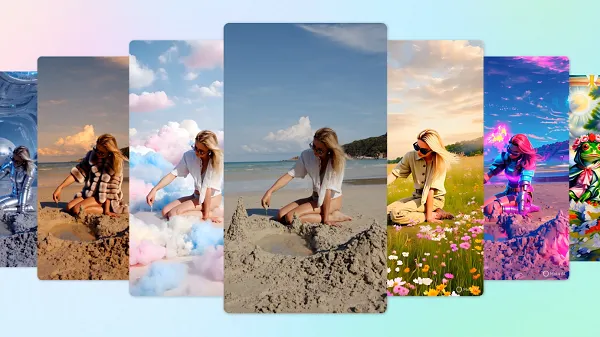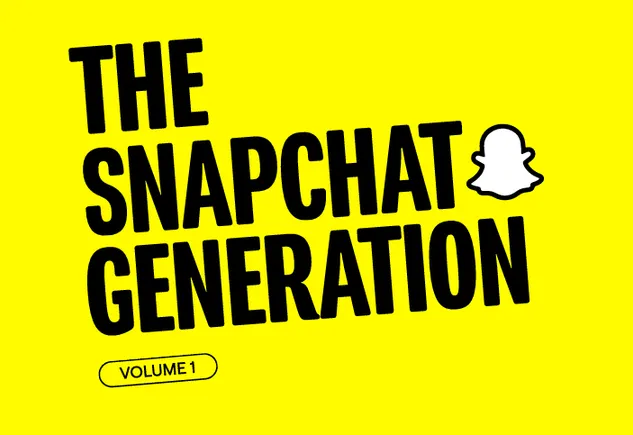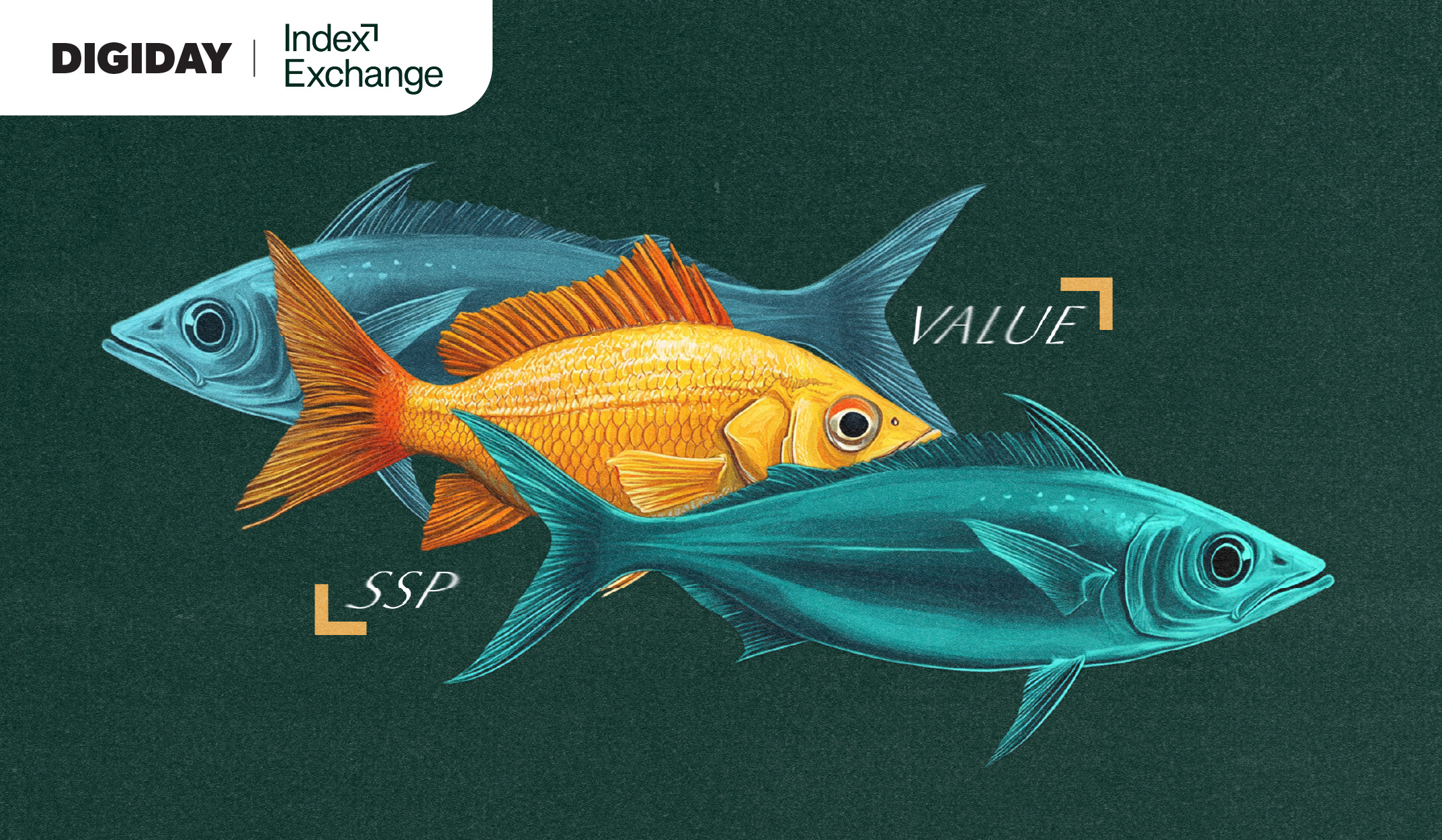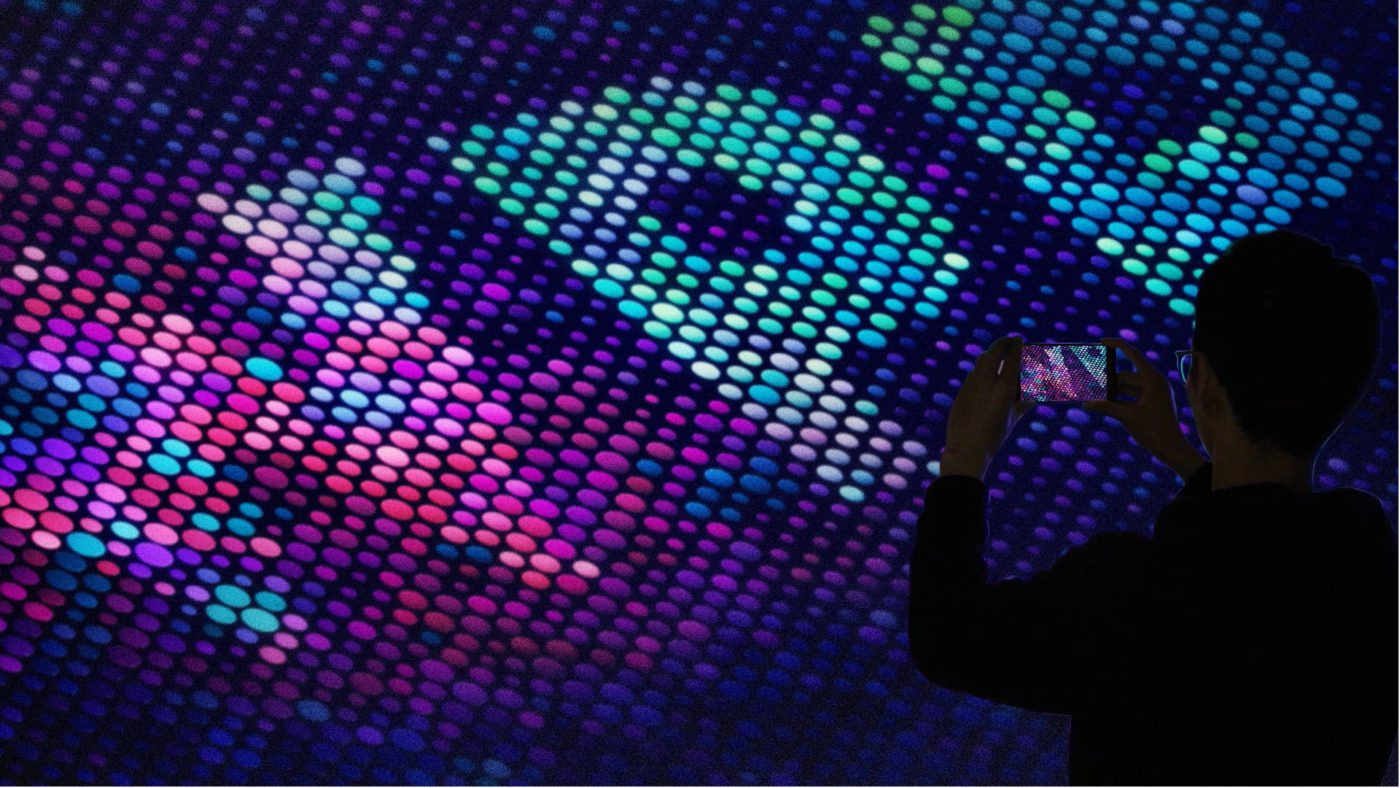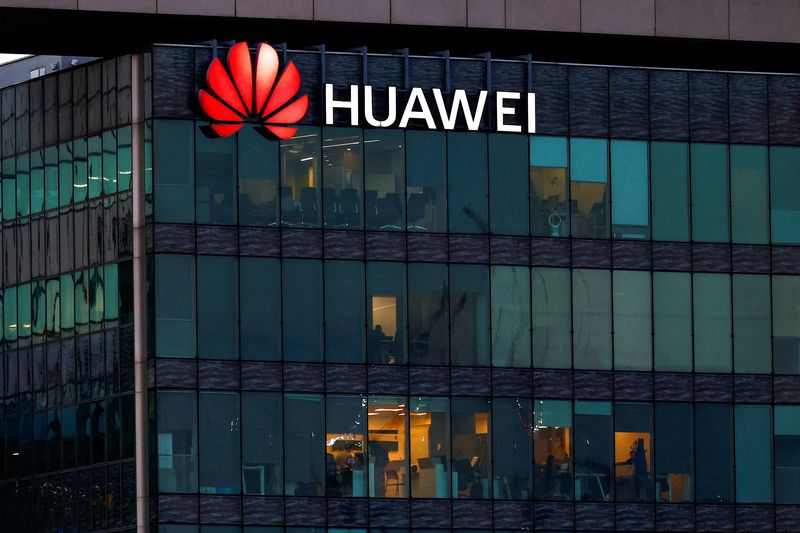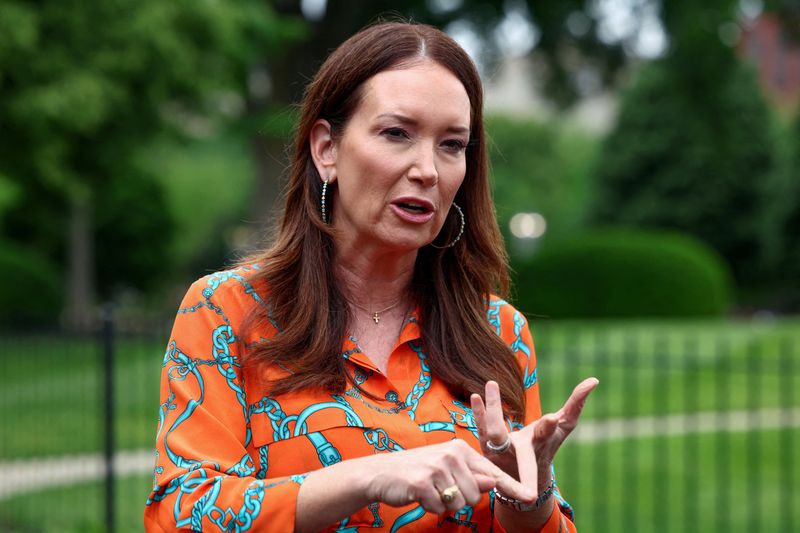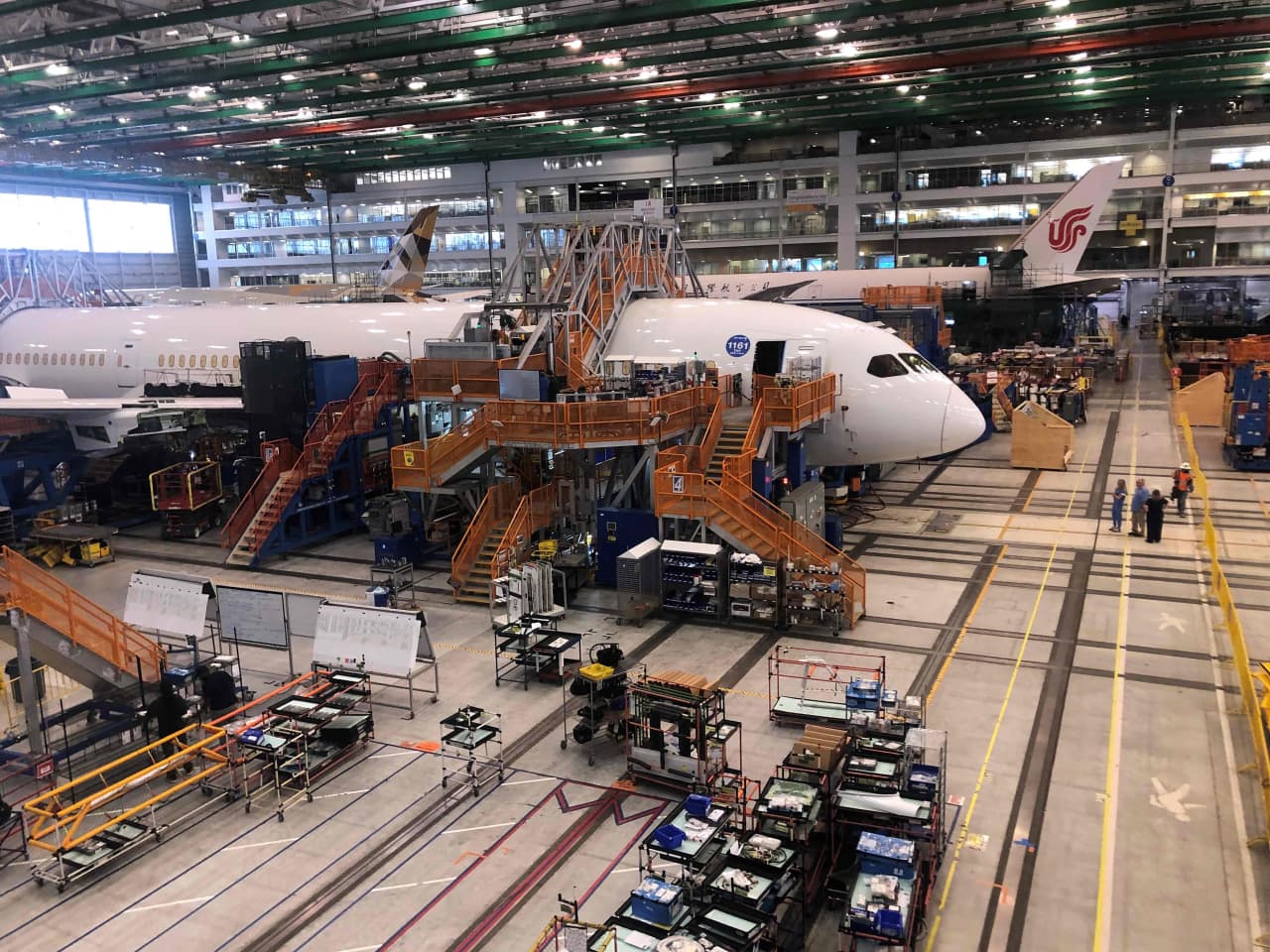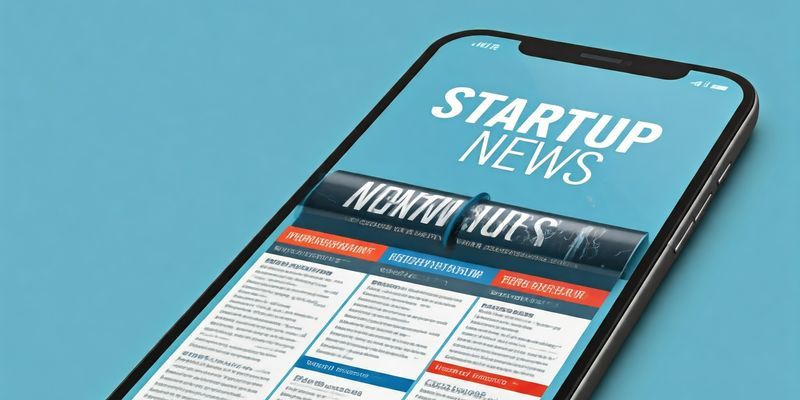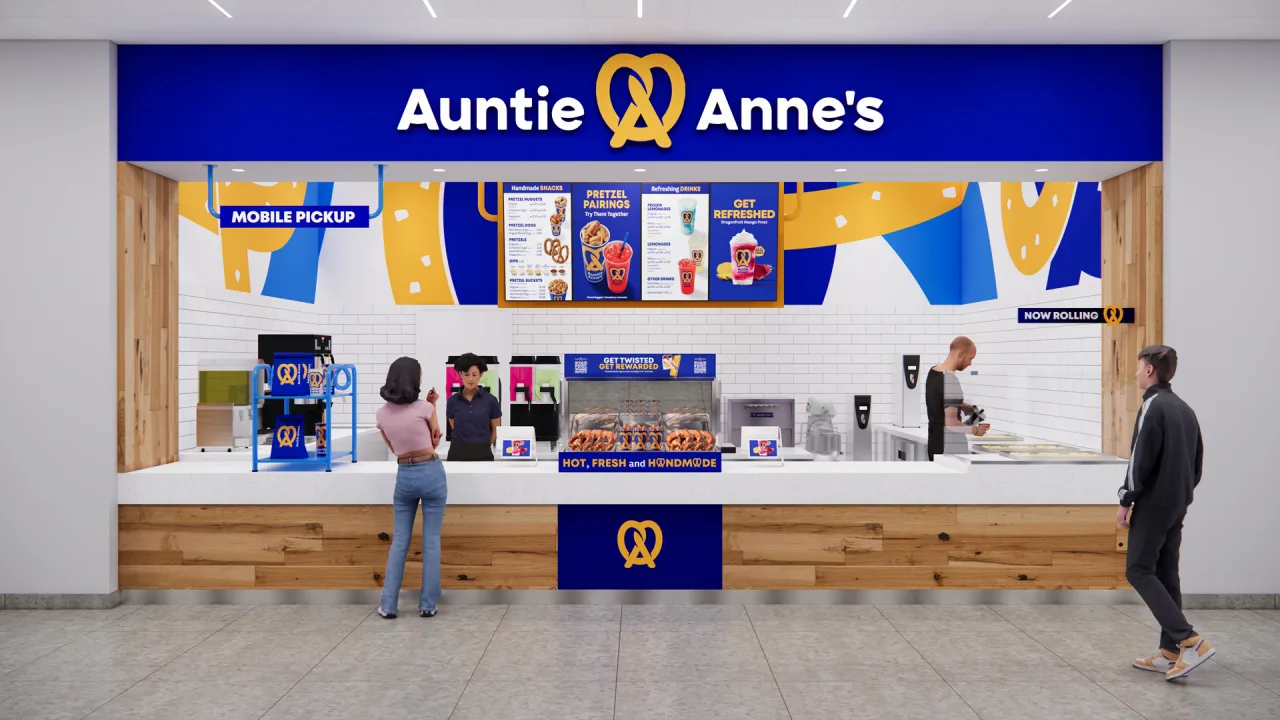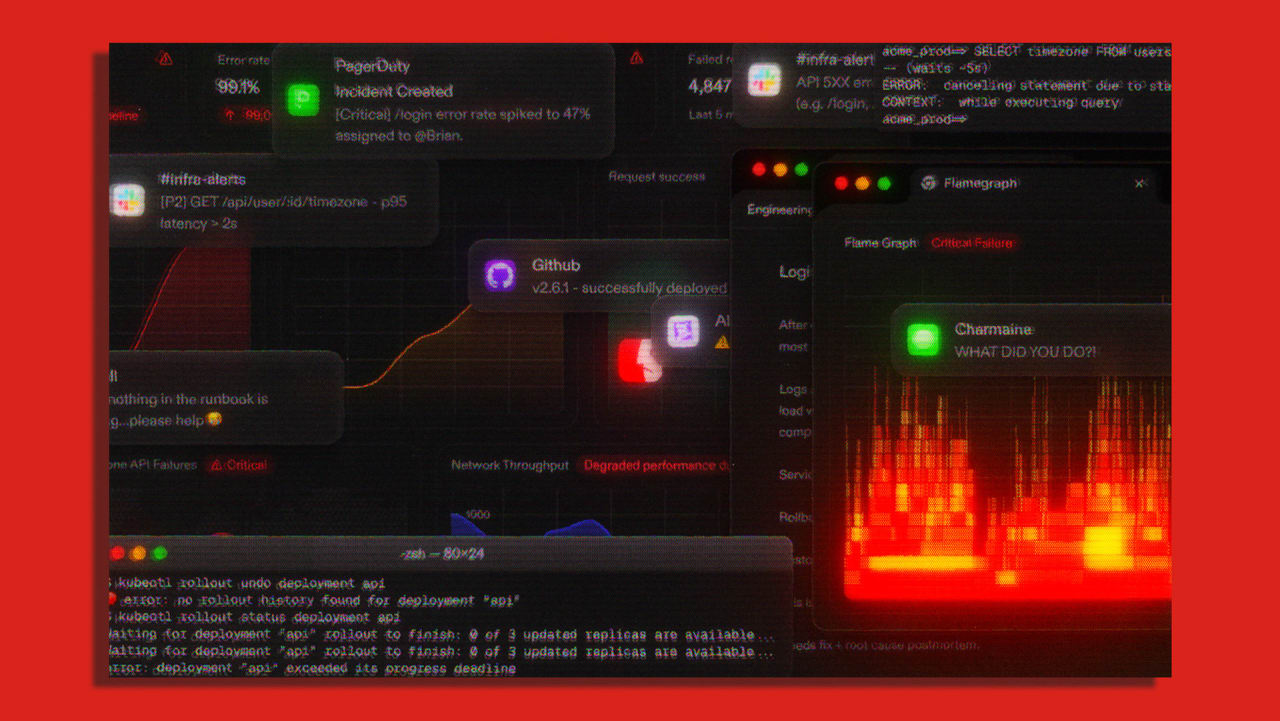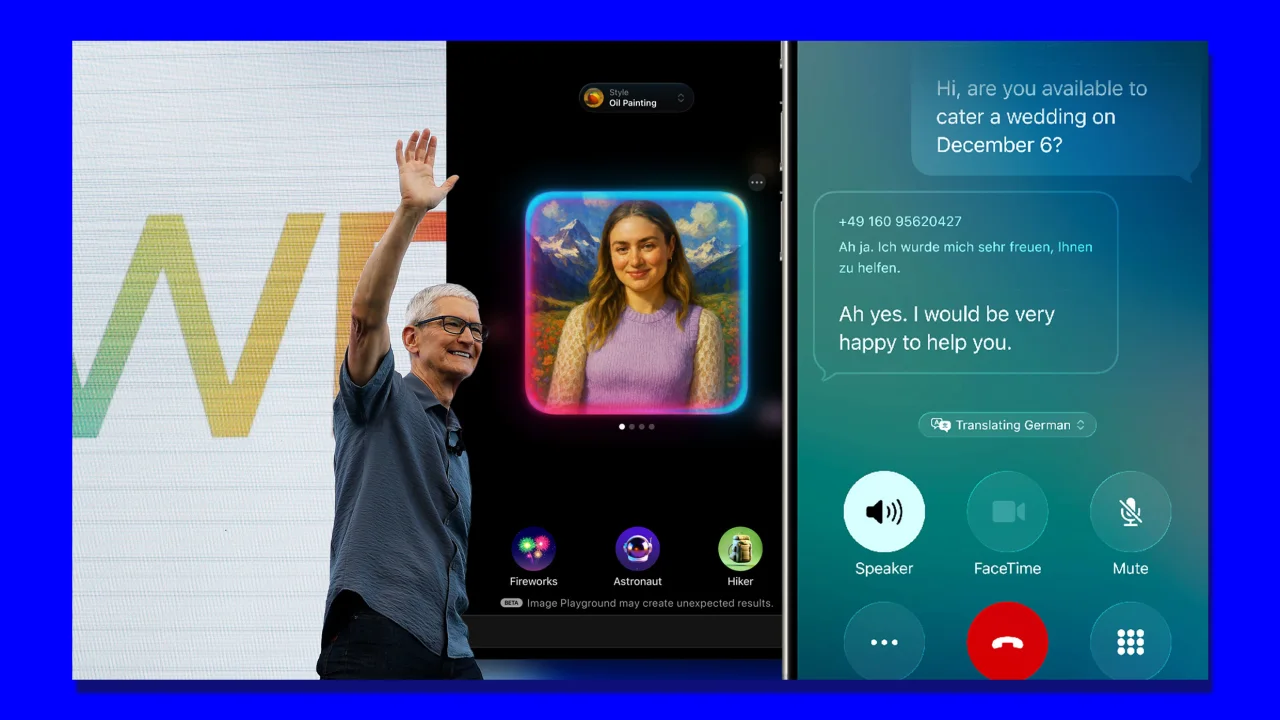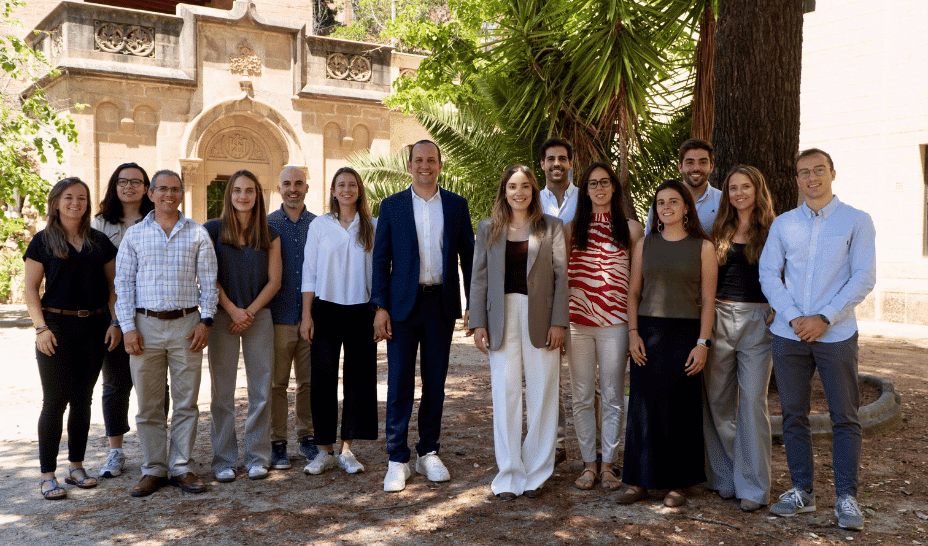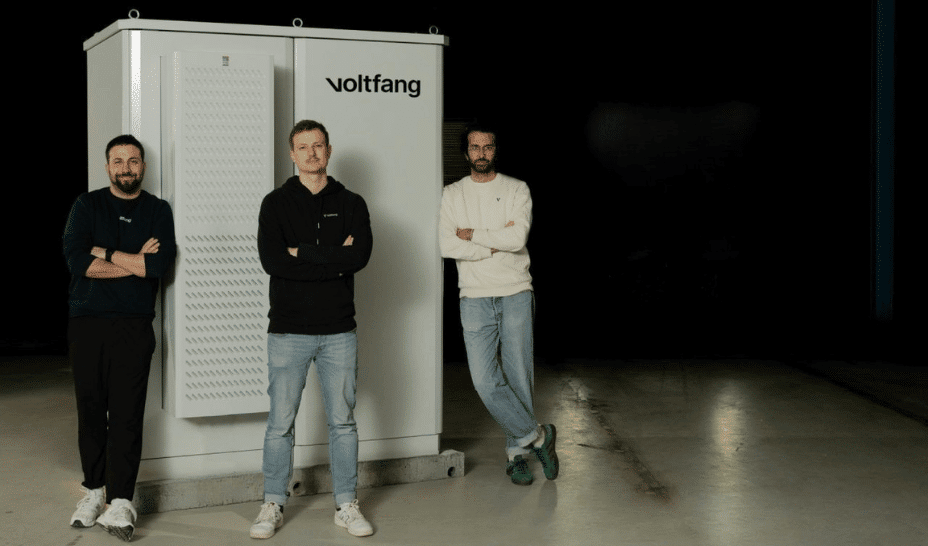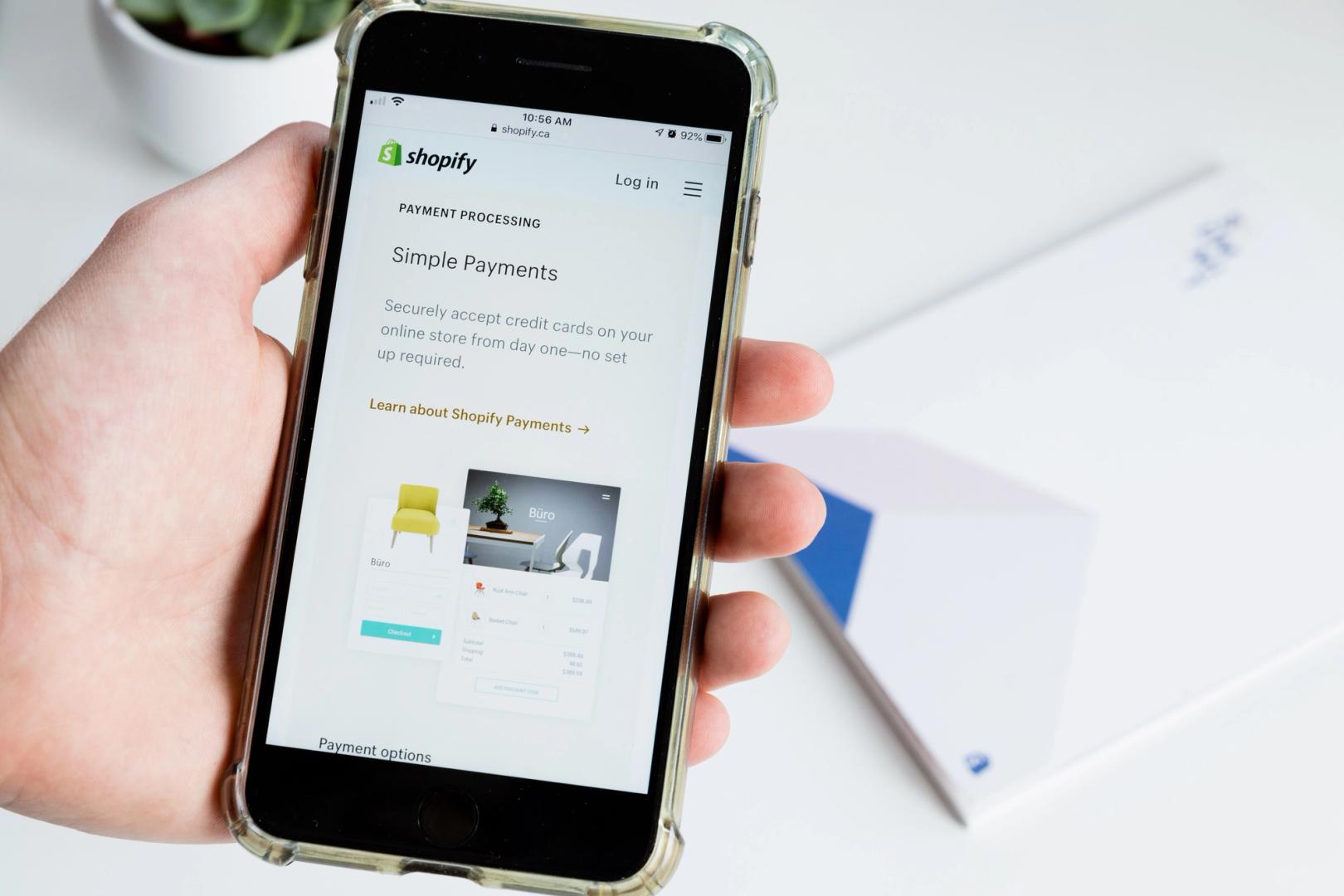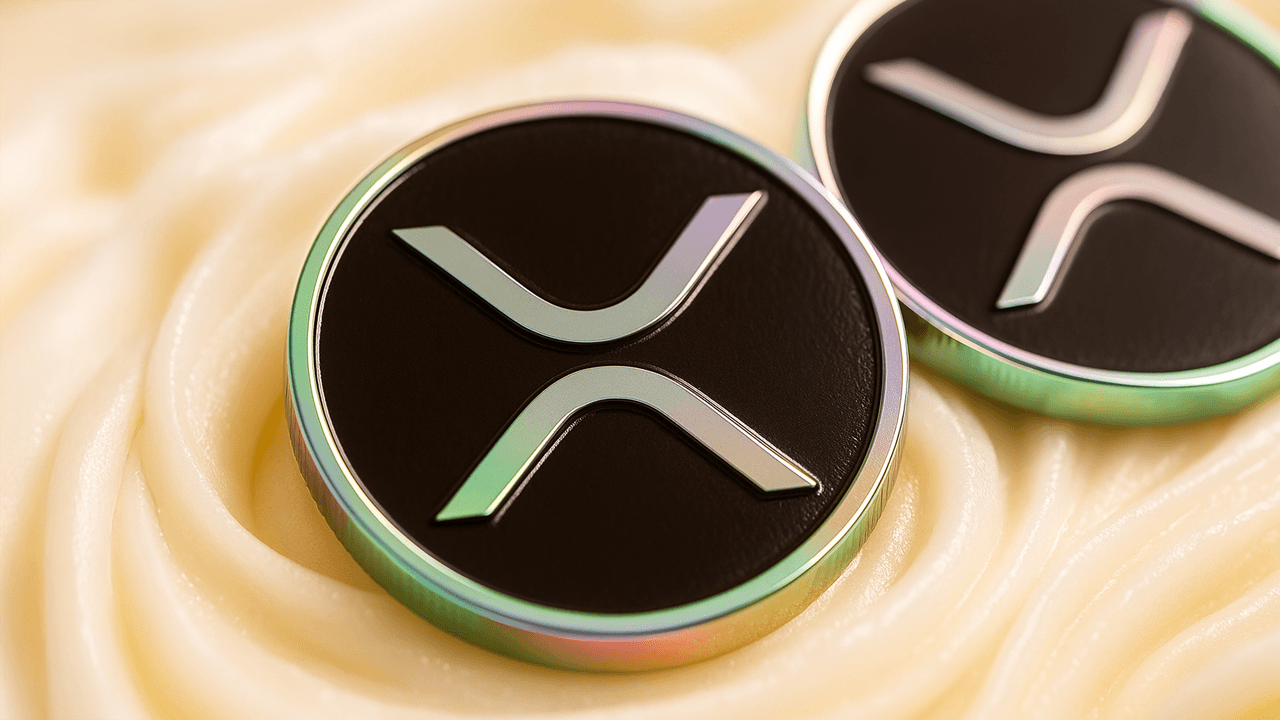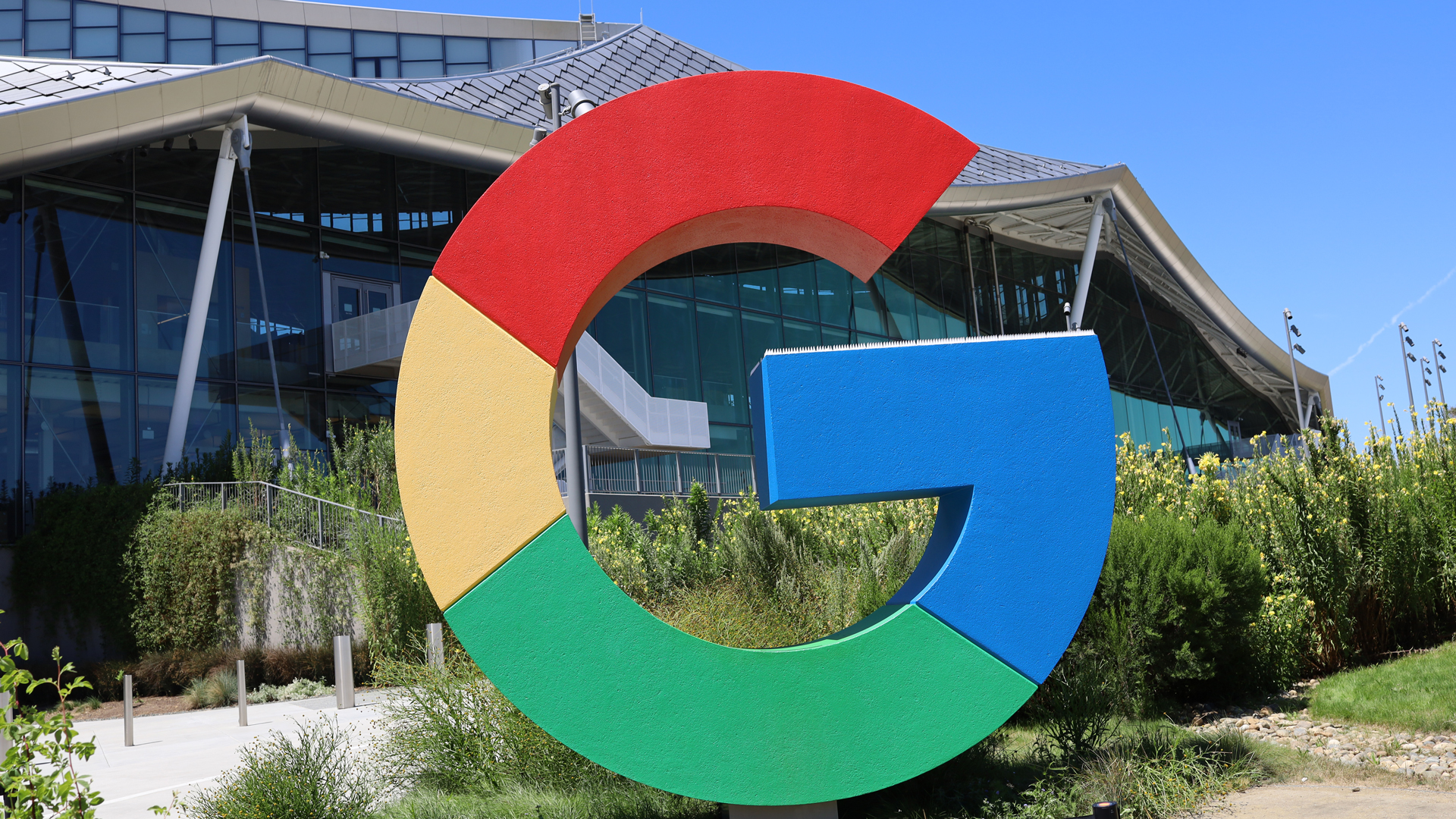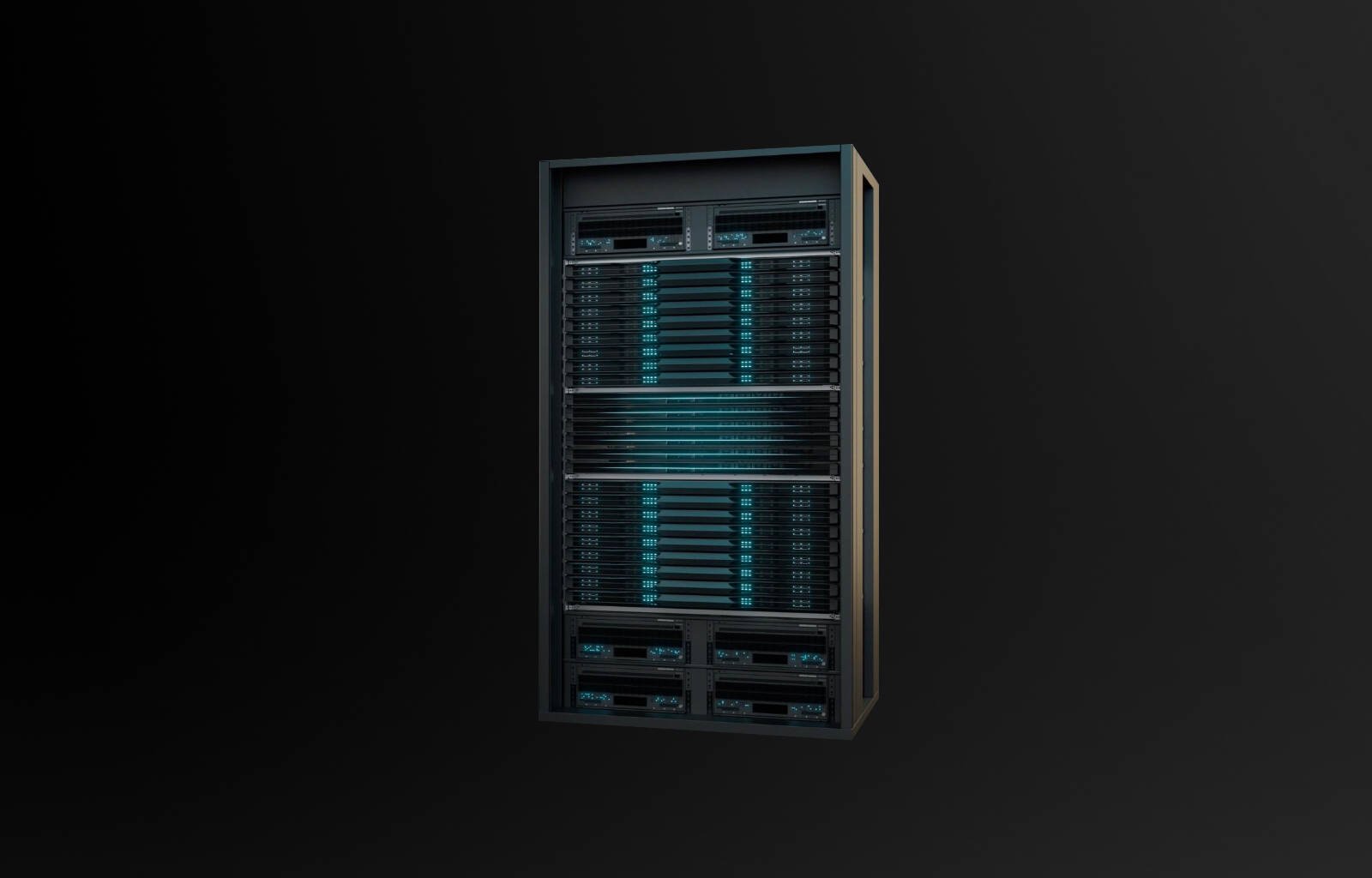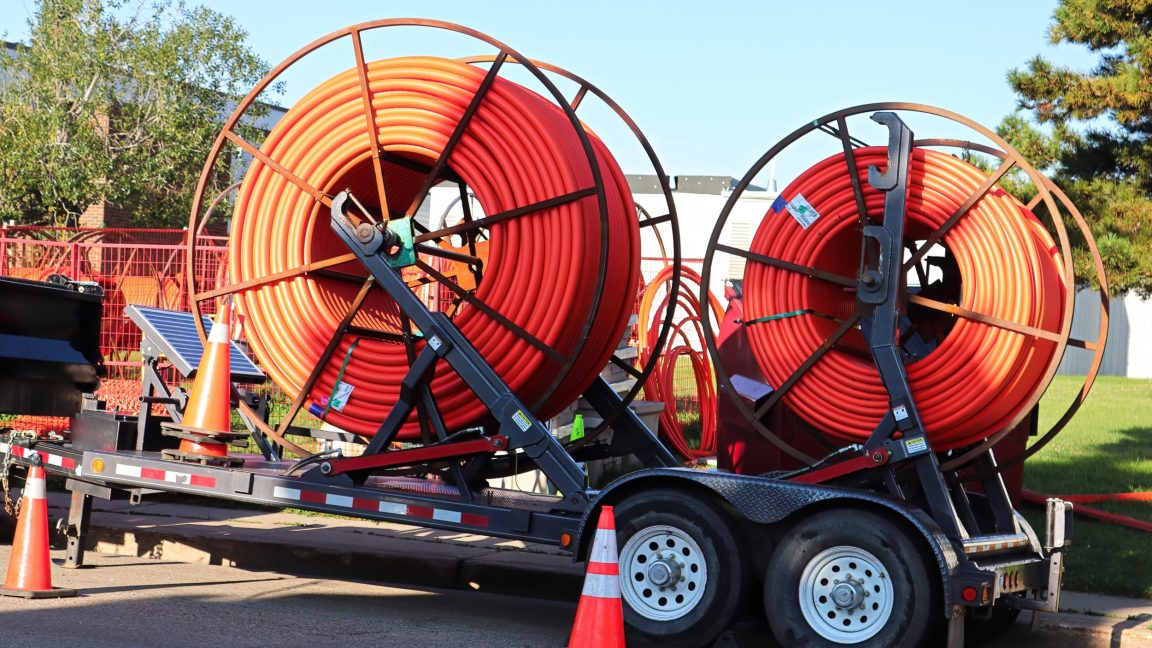Only 0.4% of design job listings are asking for expertise in these popular AI tools
From Shopify and Duolingo to Google and OpenAI, AI-first companies are now defining our era. And just about every designer Fast Company has talked to for the past three years has shifted from a deep-seated fear of AI to a steady adoption of these AI tools in some part of their workflow. But when analyzing 176,000 design job listings for our upcoming “Where the Design Jobs Are” report (out June 16), we were struck by a most surprising finding. Only 0.4% of design jobs asked for experience in specific AI tools, including ChatGPT, Dall-E, Midjourney, and Runway. In fact, only 8% of all listings made any mention of AI at all. And even then the term was generally used in marketing speak, the kind that positions a company as being “AI-powered.” After reaching out to a dozen major companies across industries to figure out why, we heard a somewhat unsatisfying, but also common, refrain: “We aren’t asking for specific proficiencies with AI tools explicitly as part of the hiring process at the moment,” wrote a Figma spokesperson in response to our request. “That said, we tend to hire people who are curiously exploring and studying new tools that help improve their work . . . [and] it can be helpful to see how candidates get creative with AI, whether via side projects or for their core work.” In other words, even when companies aren’t asking that designers have AI experience, they’re often preferring, or even expecting, that they do. “Embracing AI tools is essential in the design world. Our designers use both internal and external AI tools in their workflows,” said Joshua To, VP of product design, AR, AI, and wearables at Meta. “The best designers naturally adopt these technologies, so we don’t feel the need to explicitly highlight them in our job listings.” Why not just ask for experience with AI? However, if companies are bullish on the future of AI in design, we still find ourselves scratching our heads. Why not just ask that a designer is comfortable using Midjourney or writing prompts? Why not make it clear that you expect designers to work with AI? Figma says that one reason it isn’t more specific about the AI tools a candidate must know is that there are still few standards across the industry to even ground the question. “We rarely mention tools in our [applications] unless they are specific tools/languages for specific roles (SQL for data science, languages like Python, platforms like Netsuite, etc.),” a company spokesperson said. “I could imagine if there are specific AI tools that could change. But I think saying ‘know how to use AI for xyz’ is a bit too generic to mention.” We heard an almost identical take from Mattel, which isn’t asking for AI experience but expects “fluency in the evolving toolkit of the role—including AI,” according to a spokesperson. “We care more about how candidates think, adapt, and solve, rather than implicating AI tools, specifically.” Visa shares the same perspective. “It’s still early days to ask for experience in any specific AI tool, but we have the expectation that creative minds are leaning in and experimenting with the various tools coming online. Designers, researchers, and creative professionals should be exploring ways to move from requirements to prototypes faster, unlocking speed in the creative process,” said Robb Nielsen, SVP of global design at Visa. He continued: “What we care about is whether someone is learning by doing, using AI in their workflow in thoughtful, creative, even scrappy ways. Did they prototype something faster using GPT or Claude? Are they iterating concepts with Midjourney or Firefly? Great, tell us more! All being said, I’m not looking for a certificate; I’m looking for signs that candidates have been experimenting and show evidence of adaptability, curiosity, innovativeness, and a growth mindset.” SharkNinja’s rationale for not listing AI proficiency in job descriptions is a bit different. The company worries that pushing too hard for AI fluency would overshadow the need for core design fluency, especially because the company is not using AI that deeply in the design process yet. “We use AI as a tool for things like mood boards and imagery, but we’re not relying on it to actually design our products,” a SharkNinja spokesperson said. “That’s why it typically doesn’t show up as a required skill in our design job descriptions. It’s generally assumed that most designers have some experience with AI, but we’re cautious about attracting talent that might rely on it at the expense of strong foundational design skills.” Navigating a lack of standards If there’s any consensus among companies, it seems to be that AI experimentation is important for designers, but not so codified as a practice yet that AI proficiency should limit the applicant pool. Even the companies that are asking that designers have experience with LLMs and other AI tools are less interested in the platforms candidates know than in a more

From Shopify and Duolingo to Google and OpenAI, AI-first companies are now defining our era. And just about every designer Fast Company has talked to for the past three years has shifted from a deep-seated fear of AI to a steady adoption of these AI tools in some part of their workflow.
But when analyzing 176,000 design job listings for our upcoming “Where the Design Jobs Are” report (out June 16), we were struck by a most surprising finding. Only 0.4% of design jobs asked for experience in specific AI tools, including ChatGPT, Dall-E, Midjourney, and Runway. In fact, only 8% of all listings made any mention of AI at all. And even then the term was generally used in marketing speak, the kind that positions a company as being “AI-powered.”
After reaching out to a dozen major companies across industries to figure out why, we heard a somewhat unsatisfying, but also common, refrain:
“We aren’t asking for specific proficiencies with AI tools explicitly as part of the hiring process at the moment,” wrote a Figma spokesperson in response to our request. “That said, we tend to hire people who are curiously exploring and studying new tools that help improve their work . . . [and] it can be helpful to see how candidates get creative with AI, whether via side projects or for their core work.”
In other words, even when companies aren’t asking that designers have AI experience, they’re often preferring, or even expecting, that they do.
“Embracing AI tools is essential in the design world. Our designers use both internal and external AI tools in their workflows,” said Joshua To, VP of product design, AR, AI, and wearables at Meta. “The best designers naturally adopt these technologies, so we don’t feel the need to explicitly highlight them in our job listings.”
Why not just ask for experience with AI?
However, if companies are bullish on the future of AI in design, we still find ourselves scratching our heads. Why not just ask that a designer is comfortable using Midjourney or writing prompts? Why not make it clear that you expect designers to work with AI?
Figma says that one reason it isn’t more specific about the AI tools a candidate must know is that there are still few standards across the industry to even ground the question. “We rarely mention tools in our [applications] unless they are specific tools/languages for specific roles (SQL for data science, languages like Python, platforms like Netsuite, etc.),” a company spokesperson said. “I could imagine if there are specific AI tools that could change. But I think saying ‘know how to use AI for xyz’ is a bit too generic to mention.”
We heard an almost identical take from Mattel, which isn’t asking for AI experience but expects “fluency in the evolving toolkit of the role—including AI,” according to a spokesperson. “We care more about how candidates think, adapt, and solve, rather than implicating AI tools, specifically.”
Visa shares the same perspective. “It’s still early days to ask for experience in any specific AI tool, but we have the expectation that creative minds are leaning in and experimenting with the various tools coming online. Designers, researchers, and creative professionals should be exploring ways to move from requirements to prototypes faster, unlocking speed in the creative process,” said Robb Nielsen, SVP of global design at Visa.
He continued: “What we care about is whether someone is learning by doing, using AI in their workflow in thoughtful, creative, even scrappy ways. Did they prototype something faster using GPT or Claude? Are they iterating concepts with Midjourney or Firefly? Great, tell us more! All being said, I’m not looking for a certificate; I’m looking for signs that candidates have been experimenting and show evidence of adaptability, curiosity, innovativeness, and a growth mindset.”
SharkNinja’s rationale for not listing AI proficiency in job descriptions is a bit different. The company worries that pushing too hard for AI fluency would overshadow the need for core design fluency, especially because the company is not using AI that deeply in the design process yet. “We use AI as a tool for things like mood boards and imagery, but we’re not relying on it to actually design our products,” a SharkNinja spokesperson said. “That’s why it typically doesn’t show up as a required skill in our design job descriptions. It’s generally assumed that most designers have some experience with AI, but we’re cautious about attracting talent that might rely on it at the expense of strong foundational design skills.”
Navigating a lack of standards
If there’s any consensus among companies, it seems to be that AI experimentation is important for designers, but not so codified as a practice yet that AI proficiency should limit the applicant pool. Even the companies that are asking that designers have experience with LLMs and other AI tools are less interested in the platforms candidates know than in a more generalized comfort and experience with delving head-first into these nascent technologies.
Dropbox, one of the few companies that does publicize that it wants all designers to have experience with AI tools, uses reasoning that actually mirrors that of the companies that don’t. It explains that it cares about the way designers think, and that designers are open and flexible to evolving techniques. Because AI technologies are shifting so fast, being overly specific is a detriment to finding the right talent.
“We believe that AI-first companies need to do more than build AI technology into the products they sell. Every team at Dropbox leverages AI to accelerate and amplify their work, from engineering to design to finance,” the company wrote. “For example, each of our open design roles has a requirement, ‘Success leading the thoughtful integration of generative design tools, LLMs, and computational design methodologies into creative workflows while preserving team autonomy and elevating overall design quality.’”
So even if the next design job you apply for doesn’t ask for expertise in AI, the bottom line is that the skill is key to getting hired anyway. No need to master one particular piece of AI software. Just be comfortable, and even eager, to use the technology. And it’s not a bad idea to formalize AI samples into your portfolio, either.




